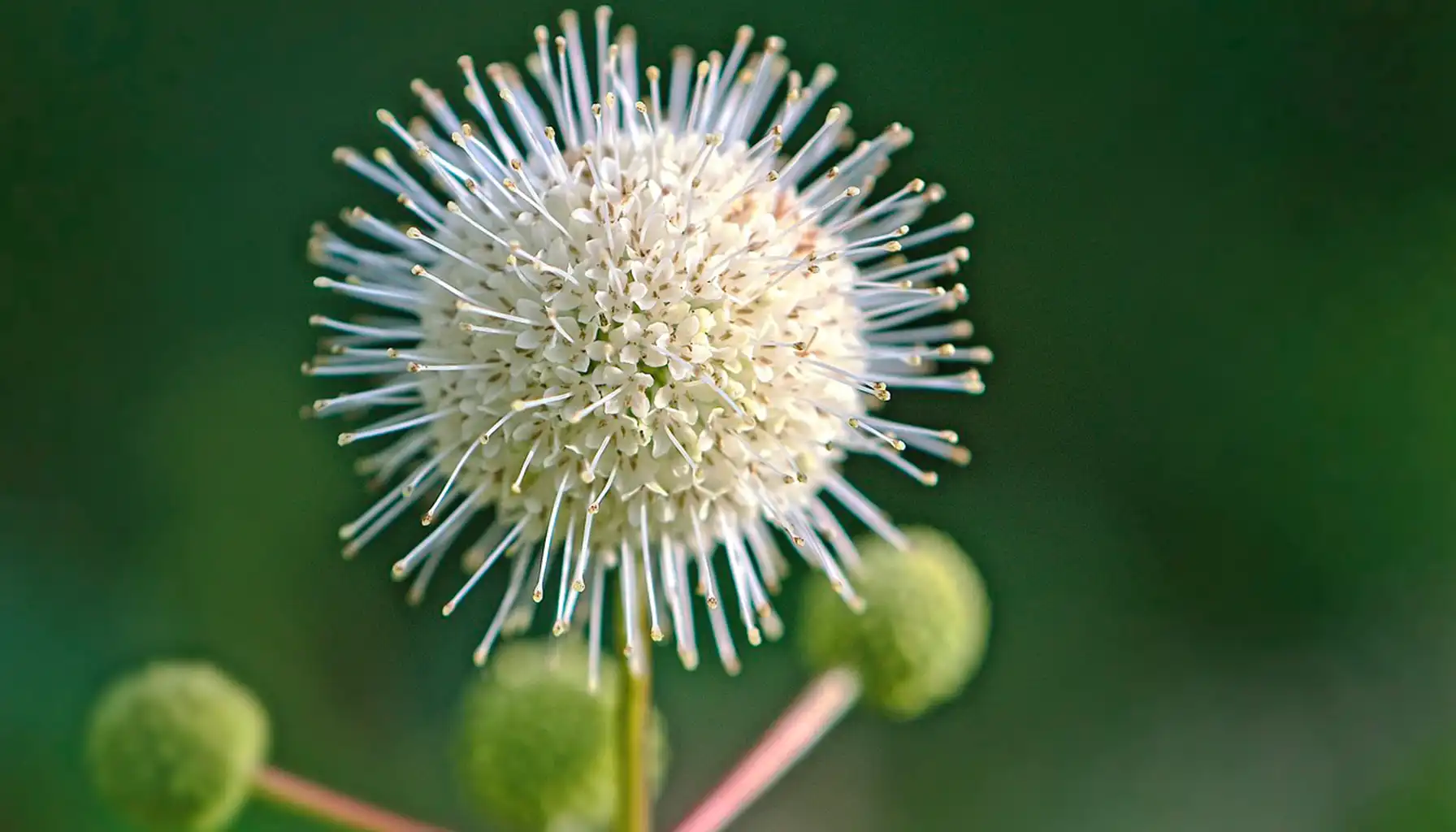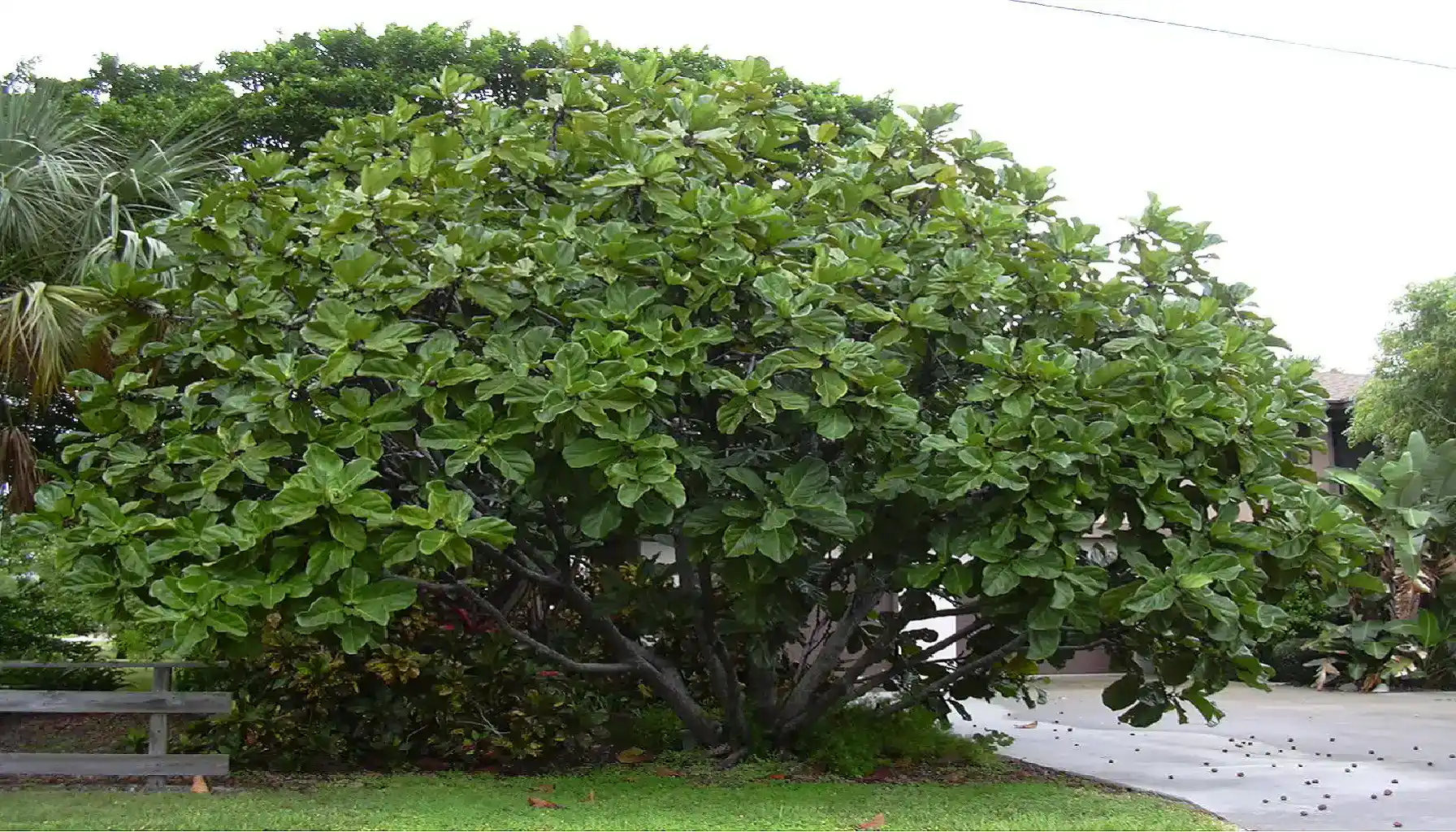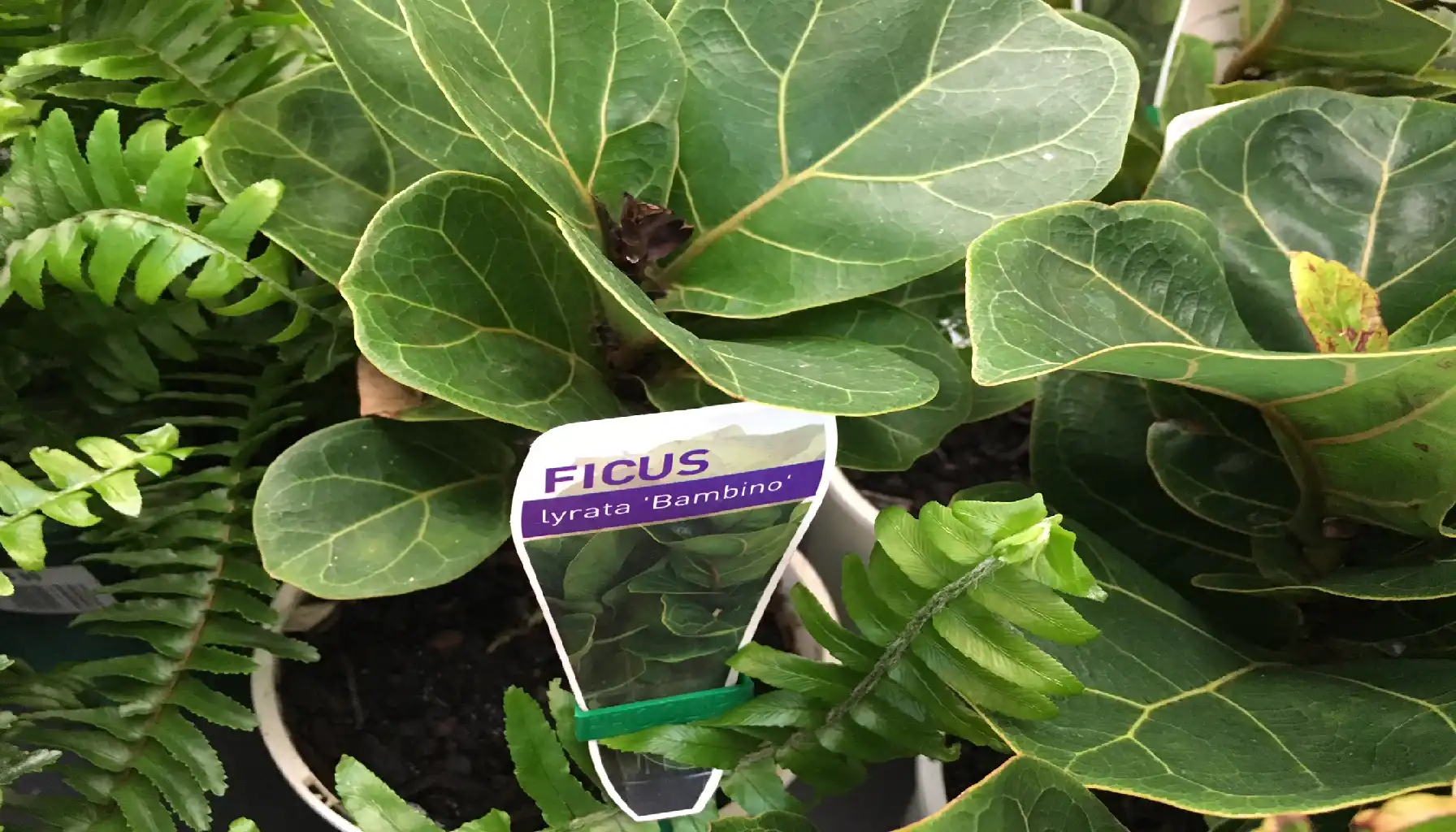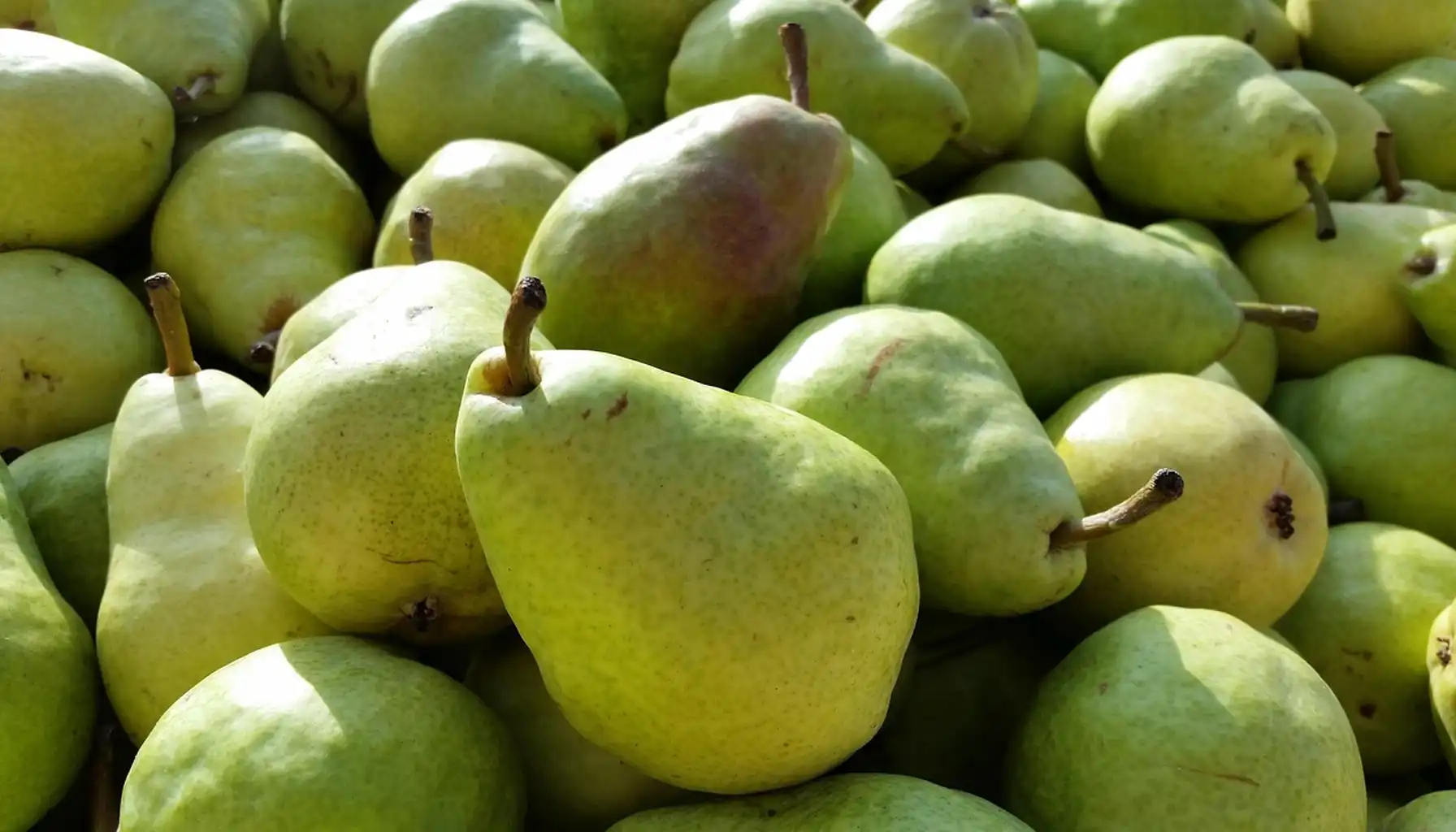Some plants make visual statements, others remain silent, yet their appearances can infiltrate human minds, evoke emotions, and trigger memories. They are as powerful as they look, shaping the environment and making the space more pleasing to the eye. Among them, there is an immense figure that has become iconic long before social media turned it into a décor darling – the fiddle leaf fig (Ficus lyrata).
The image of a ficus is familiar to everyone, thanks to its rich biodiversity and widespread presence across cultures. Today, we are to focus on the main characteristics of the notorious vigoro Ficus lyrata tree, identify its growing requirements, and define how proper plant ID can elevate your gardening experience for the better.
What Is the Ficus Lyrata Plant?
Firstly, let us define what a lyrata ficus is. The fiddle-leaf fig, the second and more common name of this plant, is an evergreen species that belongs to the Moraceae family, native to the tropical rainforests of West and Central Africa. As one may guess, it is a member of the larger Ficus genus, which comprises more than 750 species from all over the world.
To those cultures that have long coexisted with Ficus species, these are considered as floral creations of high ecological, medicinal, and even spiritual importance. Nevertheless, these plants are mainly known for their practical application, i.e., fruit production, natural rubber, and traditional medicine, each of which could facilitate the development of the people exposed to the same "Ficus-infused" environment.
As for the Ficus lyrata standard, it has been considered an ornamental plant because of the dramatic, lyre-shaped leaves and upright growth habit. However majestic it could be, here is the main issue: its care requirements demand a degree of consistency and environmental awareness from the grower. Hence, let us review its growing conditions one by one.
The Main Characteristics |
Common Name | Fiddle-leaf fig |
Botanical Name | Ficus lyrata |
Family | Moraceae |
Origin | West and Central Africa |
Plant Type | Evergreen tree/shrub |
Leaf Shape & Size | Lyre- or violin-shaped; up to 45 cm long and 25 cm wide |
Mature Height (Outdoors) | 9-12 meters (30-40 feet) |
Height (Indoors) | Typically 1.5-2 meters (5-6.5 feet) |
Growth Rate | Moderate |
Fruit | Small green synconium (rare in indoor conditions) |
Toxicity | Mildly toxic to cats and dogs (causes irritation if ingested) |
Growing Conditions
So as to cultivate the demanding Ficus lyrata, one should be well-prepared, especially in terms of the environmental conditions required. To achieve the most successful results, it is important to recreate or mimic the habitat and its climate peculiarities, since the tree may thrive only under specific light, water, and soil conditions.
Light
Light is perhaps the single most critical factor, for it is hard to imitate when put in the inappropriate setting. In its natural habitat, the plant receives abundant light filtered through the forest canopy. Replicating this indoors requires thoughtful placement and consistency.
Light Requirements:
Outdoors: Prefers full sun to partial shade; avoid harsh midday sun in hot, dry climates
Indoors: Thrives in bright, indirect light; tolerates some direct morning sun; grows best near east- or south-facing windows
Suffers in low-light conditions
Grow lights may be used to supplement during darker seasons
Avoid sudden fluctuations in lighting, which can shock the plant
Watering & Humidity
Second comes water and humidity. These are also considered the key factors, though they can be (almost) easily adjusted and calculated on the spot. Mind that overwatering is the most common mistake, which should not be made (unless you wish to destroy the living being).
Watering Guidelines: Allow the top 2–3 cm of soil to dry before watering again Ensure well-draining soil to avoid root rot Reduce watering during cooler or dormant seasons (late fall and winter) Outdoors, adjust watering based on rainfall and climate conditions
| Humidity Preferences: Optimal range: 40 to 60% relative humidity Tolerates 25% indoors but may show stress (browning tips) For indoor plants, use humidifiers, pebble trays, or groupings Outdoor plants generally receive sufficient natural humidity in tropical/subtropical zones
|
Soil & Repotting
Going deep down, we cannot forget about the soil, which should be well-structured and aerated enough to support root oxygenation and prevent water retention in the end.
Soil Recommendations:
Use a well-draining mix: peat-based with bark and perlite
Soil should retain moisture without becoming heavy or compacted
Ideal pH: 6.0 to 7.0 (slightly acidic to neutral)
Should you strive to repot/replant the ficus, make it a scheduled process. When indoors, repot every 1-2 years or when rootbound. Outdoor floral creations should be planted in raised beds or well-draining garden soil. Nonetheless, pay special attention to the roots: they must not be crowded.
Related article: Soil Control: The Importance of pH Adjustment in Agriculture
Fertilizing & Feeding
Just like we, people, do, plants require nutrition. The appropriate feeding promotes healthy foliage and consistent growth, as well as the so-called immunity (particularly during the active growing season when the plant is in a vulnerable position either way).
Fertilizing Guidelines:
Apply a balanced liquid fertilizer (e.g., 10-10-10 or 3-1-2)
Fertilize every 4 to 6 weeks during spring and summer
Skip or reduce feeding in fall and winter
Flush soil occasionally to prevent salt buildup
Outdoor plants in rich soil may require less frequent feeding
Pruning & Shaping
The aesthetic aspect of gardening deserves equal recognition alongside its practical and ecological functions. No matter how large the plant is, it still needs to be pruned and correctly taken care of. Beauty does reflect the inner state.
Pruning Tips:
Prune in late spring or early summer during active growth
Cut above a leaf node to promote branching
Remove dead, yellowing, or damaged leaves as needed
Clean leaves with a damp cloth (mainly for indoor plants)
Use sterile tools to prevent disease spread
Propagation Tips
Bringing new life into the world is a natural process, and it is in the hands of a gardener to gently guide it, nurture, and make intentional (in both indoor and outdoor environments). The climate and season, though, still matter.
Propagation Methods |
Stem cuttings: Take a 10–15 cm semi-hardwood cutting from a healthy stem. Remove the lower leaves. Root it in water or a moist substrate. Keep the cutting in warm, humid conditions with indirect light until roots develop. | Air layering: Wound a branch. Wrap it in moist sphagnum moss. Enclose it in plastic until roots form. Once rooted, the branch can be cut and potted separately. | Division: Gently separate the root ball into distinct sections. Each new plant must have its own healthy roots and stem to survive. |
Propagate during late spring through early summer Keep cuttings in a humid, warm environment Avoid direct sun on cuttings Outdoor propagation is the most efficient in tropical/subtropical climates
|
Pet Safety & Toxicity
Is Ficus lyrata toxic to cats? Beauty is the most powerful weapon that may hide even more cruel consequences when exploited improperly. Although the Ficus is indeed magnificent, it may pose a mild threat to households, pets, and children. As such, the plant contains insoluble calcium oxalates, which can cause irritation when ingested.
Potential symptoms include:
Ingestion can be uncomfortable and should be addressed promptly. To prevent accidents, keep the plant out of reach or use pet deterrents. For households with curious pets, consider placing your fiddle-leaf fig in elevated or enclosed spaces, or opt for pet-safe alternatives if necessary. Better safe than sorry.
Check this: Beauty Can Kill: A Guide to Toxic Plants You Should Know
Let Your Garden Think for Itself
Plant life is a complicated concept that may overwhelm and even scare when it is approached without a system. To keep your garden thriving, it is vital to keep track of the health of each garden inhabitant, control the schedules, and be ready to respond. We recommend a decent solution that serves as a universal assistant on the spot – AI Plant Finder.
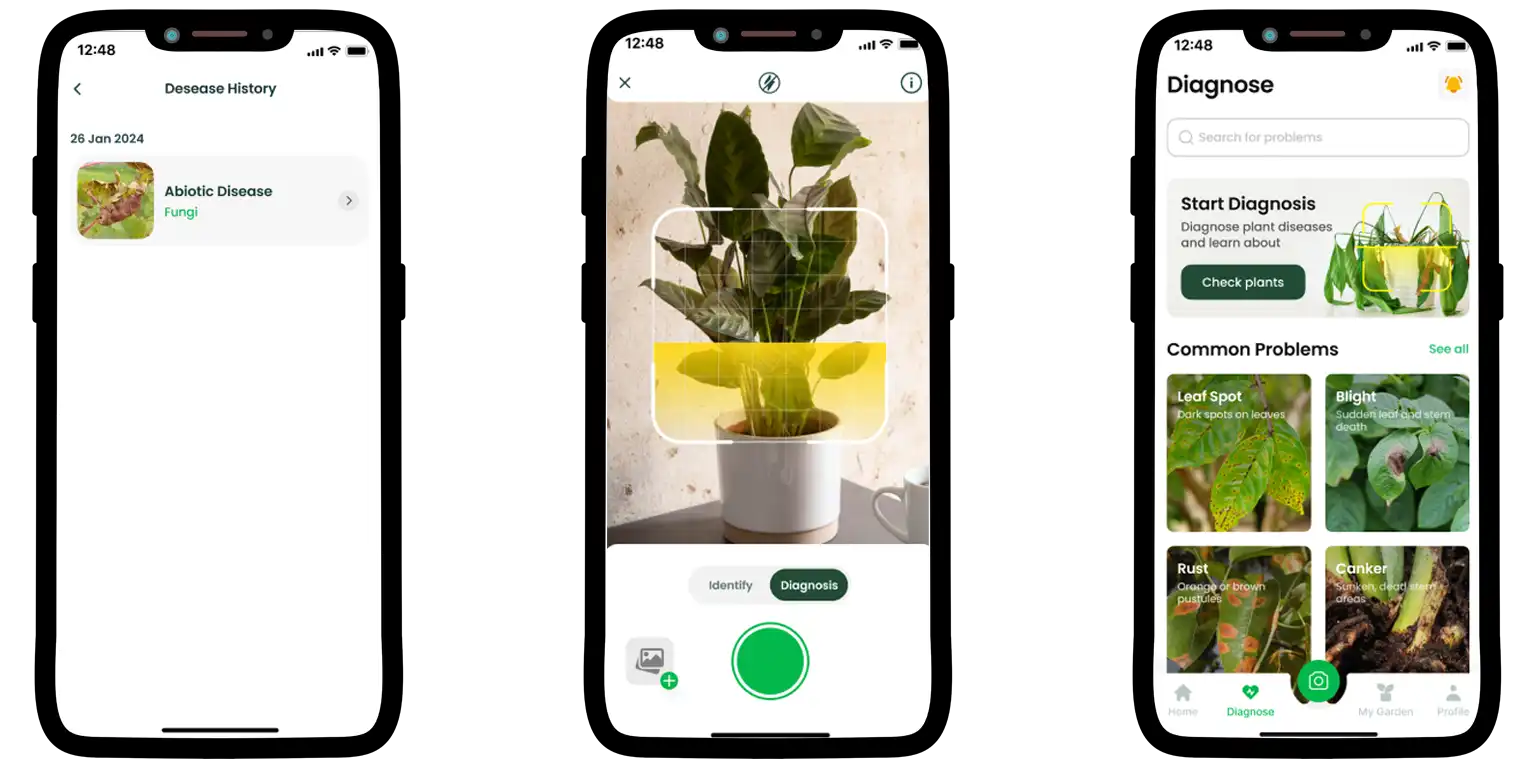
Plant Identification by Photo: Snap a picture to instantly identify any plant from a database of over 300,000 species.
Diagnosis by Photo: Upload a photo for the app to analyze symptoms, identify likely causes, and recommend treatment and prevention plans.
Expert Tips: Get reliable recommendations regarding watering, pruning, soil preferences, and light needs.
My Garden Tool: Organize your personal plant collection, set reminders for watering, pruning, fertilizing, and even rotating your pots for even growth.
Water Calculator: Enter your plant, pot type, temperature, and humidity to receive a precise watering recommendation.
Light Meter: Measure light levels instantly using your camera to place each plant in its ideal spot based on real-time lux data.
Even the most powerful plants need to be cared for. Explore the requirements, and make your garden the healthiest place on earth for you.
AI Plant Finder Related Posts
